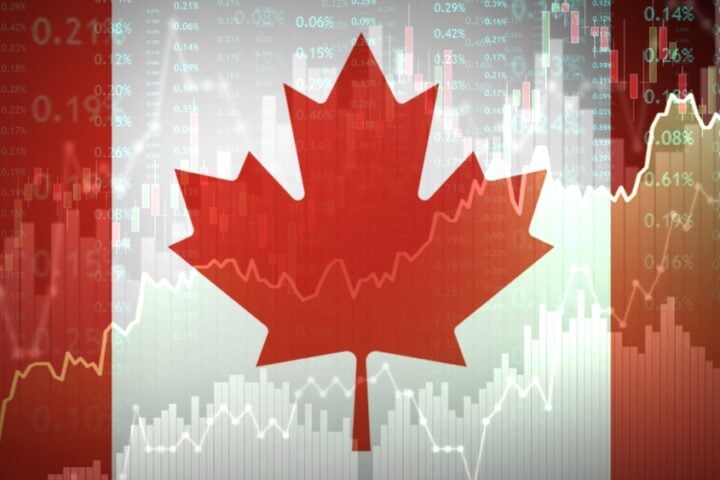Existing-home sales in the U.S. hit an annualized rate of 4.15 million in November, marking the first time in six months that sales surpassed the 4-million mark. The 4.8% monthly increase, reported by the National Association of Realtors (NAR), reflects a housing market where buyers are adjusting to elevated mortgage rates above 6%.
While the November figure exceeded economists’ expectations of 4.09 million, the housing market remains subdued, with annual sales far below pre-pandemic levels.
A Slow Thaw in the Housing Market
The uptick in November sales offers a glimmer of hope for a market that has been stagnant for two years.
“Home sales momentum is building,” said NAR Chief Economist Lawrence Yun. He noted that while mortgage rates remain high, consumers are becoming more comfortable with current levels, aided by strong job creation.
Inventory challenges continue to plague the market. Many homeowners are hesitant to sell and relinquish low mortgage rates locked in at around 3%, contributing to a historic shortage of available homes. However, inventory levels have started to rise slowly, providing some relief to the supply crunch.
Robert Frick, corporate economist at Navy Federal Credit Union, observed, “Rising inventories and pent-up demand have nudged buyers off the sidelines, though high prices and relatively high mortgage rates will keep a ceiling on sales.”
Affordability Remains a Major Hurdle
Affordability continues to constrain the housing market. The median sale price for an existing home rose 4.7% from a year earlier to $406,100 in November—a record for the month.
While the Federal Reserve has lowered its benchmark interest rate by a full percentage point since September, mortgage rates remain significantly higher than pre-pandemic levels. A 30-year fixed-rate mortgage averaged 6.75% in the week ending December 13, according to the Mortgage Bankers Association.
Higher borrowing costs, combined with elevated home prices, have dampened activity. Speaking after the Fed’s final meeting of 2024, Fed Chair Jerome Powell acknowledged the housing sector’s weakness, saying, “Housing inflation is cooling, but slower than hoped.”
Market Trends and Buyer Behavior
Despite affordability challenges, some homes are selling quickly. In November, 53% of homes sold were on the market for less than a month, down from 59% in October. However, properties took an average of 32 days to sell, compared with 29 days the previous month.
Additionally, 18% of homes sold for above the asking price in November, reflecting the continued competitiveness in certain markets.
Outlook for the Housing Market
Existing-home sales, which account for the majority of U.S. housing transactions, are on track to finish 2024 at their lowest levels since 1995. Yun predicts that this year’s total sales will fall below last year’s already weak performance.
The market’s trajectory will depend on multiple factors, including interest rates, inventory levels, and broader economic conditions. The Mortgage Bankers Association expects mortgage rates to remain above 6% for at least the next two years, posing continued challenges for buyers.
What’s Next?
As the market adjusts to the new normal of higher borrowing costs, gradual improvements in inventory and pent-up demand may provide some stability. However, affordability constraints and ongoing rate volatility will likely limit significant gains in the near term.
The government is set to release new-home sales data next week, offering further insight into the broader housing market’s performance.







